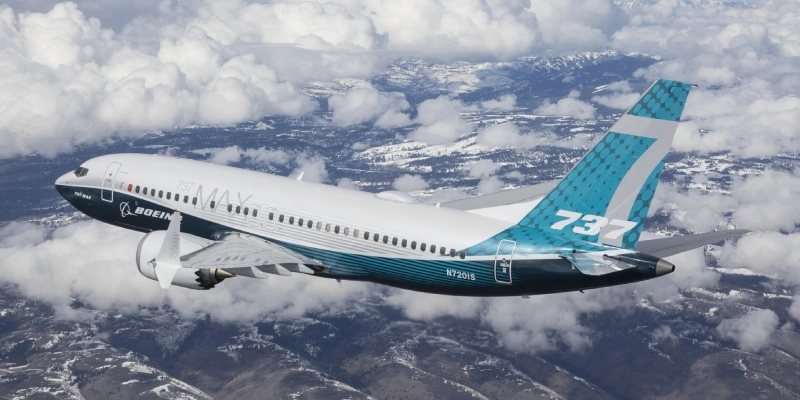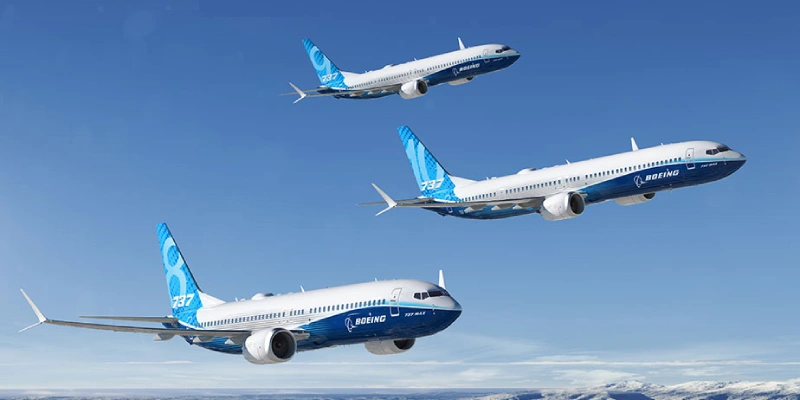Over the next few weeks, following the recent inaugural flight of the Airbus A321XLR, two more prototypes, currently in advanced stages of manufacturing, will join the certification flight test campaign.
Gary O’Donnell, A321XLR Program Manager, provides an overview of what lies ahead in the run-up to type certification: “Through the end of this year, our focus is to complete the build and then obtain flight clearance for the rest flight test aircraft. By the fourth quarter of this year, all three aircraft will be actively flying and we will have reached a high level of production maturity.”
→ Jetstar Airways takes delivery of first A321neo.
He points out that there will actually be four flight test aircraft in the A321XLR development programme. “All three new XLR models are supported by an upgraded regular A321neo. This aircraft has already been equipped with several important new features designed for the -XLR.”
Once all of these aircraft are flying, global flight testing will be fully underway. Concurrent with the flight tests is the ongoing ground lab test campaign to finalize the standard series modifications.
“The completion of these activities and the submission of all final documents by the end of next year to the airworthiness authorities will allow us to validate and certify the entire aircraft. This will allow us to deliver to airlines what they need on day one when the A321XLR enters service in 2024,” says O’Donnell.
Ensuring industrial maturity
“In parallel with the entry into service, we have to build our complete industrial system, including all templates, tools and processes, not only in each Airbus factory involved, but also in those of our extended industrial chain and suppliers around the world. . We will also have to load them with parts and materials. In general, securing the industrial system is a big behind-the-scenes activity that especially involves the engineering, manufacturing, and value chain teams,” says O’Donnell.
→ Malaysia Airlines orders 20 Airbus A330neo.
“Our third pillar is to secure all customer service documentation and ground support equipment so that by the time we deliver the aircraft, it will be ready for use. And then, and only then, do we transition this project to ‘serial mode’ and hand it over to the larger company.”
General justification for the scope of flight tests
Philippe Pupin, who leads the flight test engineering team for the A321XLR program and who was one of the crew members on board the first flight in June 2022, explains the rationale for the flight test phase.
“To become a long-range aircraft, the A321XLR needs to carry more fuel, which means increasing the maximum takeoff weight of the A321. In turn, this requires improved landing gear and braking systems. However, since we are keeping the engine thrust unchanged, we have made some aerodynamic changes to maintain the desired takeoff performance. This has prompted physical modifications to the high lift system (slats and flaps) as well as reprogramming of the flight control system, all of which must be flight tested and certified.”
With the A321XLR, Airbus has also taken the opportunity to infuse some recent developments into the overall design of the flight control system, which until now was based on the original A321 architecture designed in the early 1990s. The aim is to improve the similarity of flight control design across programs and further comply with the implementation of Airbus’ unified Fly-By-Wire architecture.
Related Topics
Boeing Requests Emissions Exemption from FAA to Sell 35 777F Jets
FAA to Evaluate New Cockpit Alert System for Boeing 737 MAX 10: A Key Step Toward Certification
Southwest Airlines Expects Boeing 737 MAX 7 Certification by August 2026
Airbus Admits Boeing Likely to Win Order Race This Year

Un apasionado por la aviación, Fundador y CEO de Aviación al Día.




